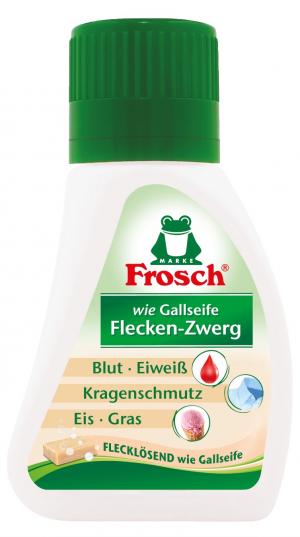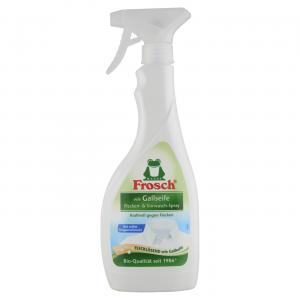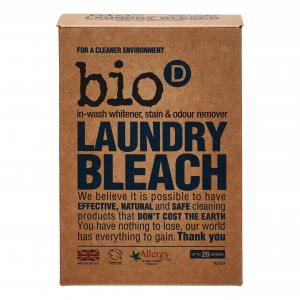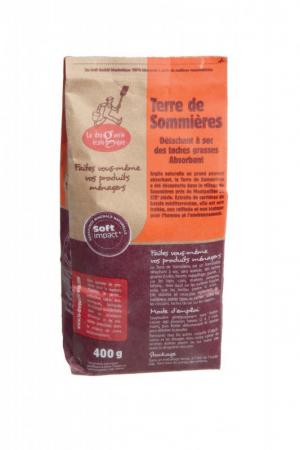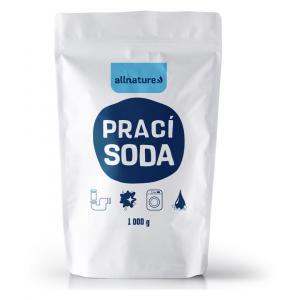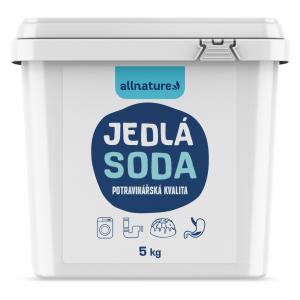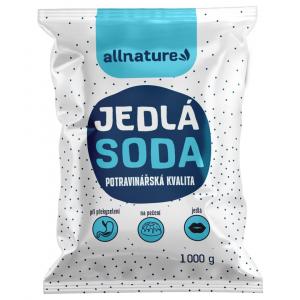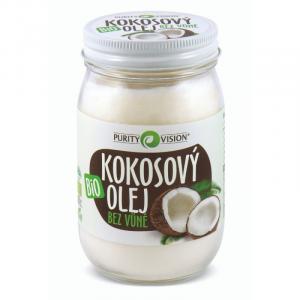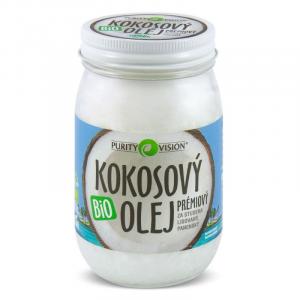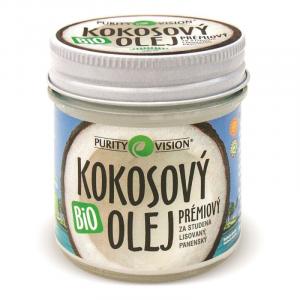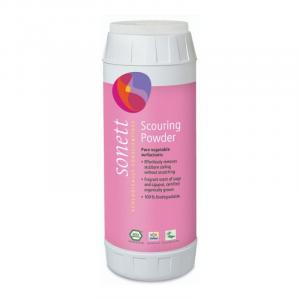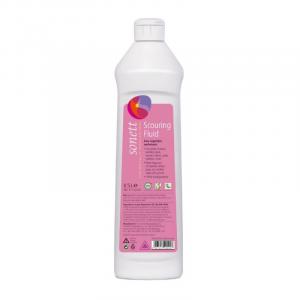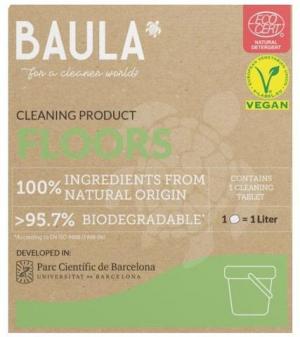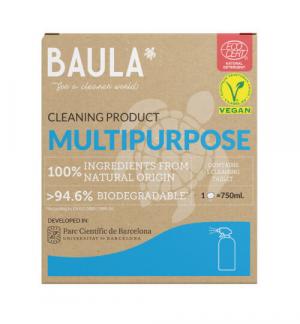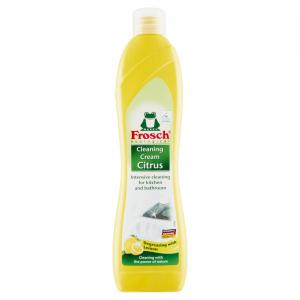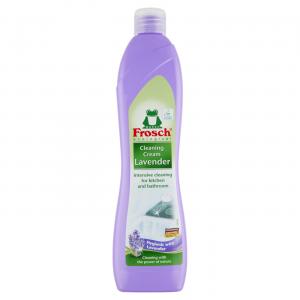
Proven Tips for Removing Sap from Fabric
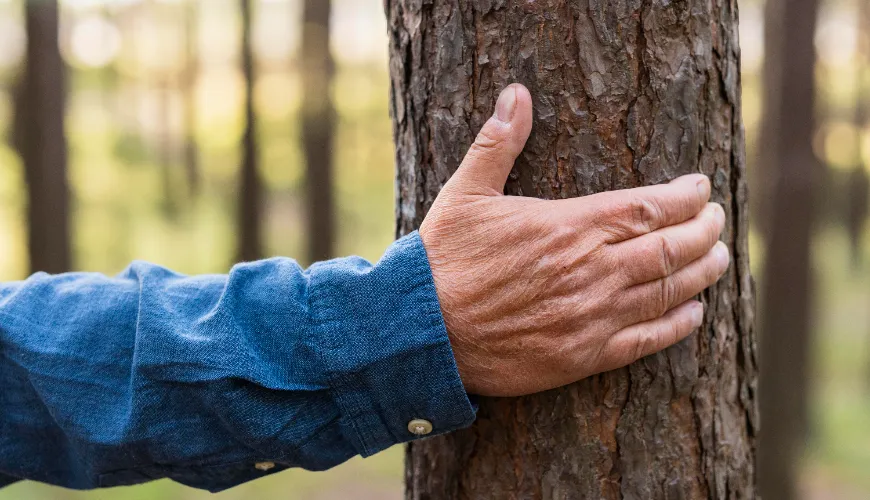
Removing Tree Sap from Clothing
Who hasn't experienced this? You go for a walk in the forest, sit under the trees, and return home with sap on your clothing. How can you remove sap from clothing without damaging it? This question troubles many of us because sap is one of the most stubborn stains that can appear on our textiles. In the following article, we will present several effective methods and tips on how to get rid of this pesky stain.
Mechanical Removal of Sap
Sap that gets on clothing is a problem mainly due to its stickiness and resistance to common cleaning agents. It's important to know how to handle it properly to avoid damaging the fabric. When asking how to remove sap from clothing, you have several options, which we will now outline.
The first step you can try is mechanical removal of sap. As soon as you notice sap on your clothing, try to remove as much of it as possible using your nails or a blunt object, such as a spoon. Be careful not to tear the fabric. Sap is sticky, so it's best to work with it carefully. Mechanical removal is the first and basic step that can make subsequent procedures easier.
Try our natural products
Using Ice to Remove Sap
Another effective method to remove sap from clothing is using ice. Sap on clothing hardens when cooled, allowing you to peel it off more easily. Place the affected area in a plastic bag and put it in the freezer for a few hours. Once the sap hardens, you can try to gently scrape it off. If any sap remains on the fabric, proceed to the next step.
Chemical Agents for Sap Removal
Chemical agents are another option for getting sap out of clothing. Among the most effective are using alcohol or rubbing alcohol. Apply a small amount of alcohol or rubbing alcohol to a cotton swab and gently rub the affected area. The alcohol should dissolve the sap, allowing you to easily remove it. However, make sure to use chemical agents in a well-ventilated area and avoid skin contact. After using these agents, it's good to thoroughly wash the clothing to remove any chemical residues.
Using Talcum Powder or Baking Soda
Another effective way to remove sap from clothing is using talcum powder or baking soda. Sprinkle the affected area with baking soda or talcum powder and leave it for a few hours. The soda and talcum absorb the sap, making it easier to remove. Then wash the clothing according to the care label instructions.
Try our natural products
Natural Methods for Sap Removal
For those who prefer natural methods, there's also the option of using oil. Apply some oil, such as olive or coconut, to the sap and let it work. The oil will dissolve the sap, allowing you to wipe it off easily. After removing the sap, it's important to thoroughly wash the clothing to remove any oil residues.
Try our natural products
Professional Clothing Cleaning
If you've tried all the above methods and the sap on your clothing still remains, you can turn to professional cleaning services. Professionals have special cleaning agents and techniques at their disposal that may be more effective than home methods. Although it may be a more expensive solution, it can be worth it if it's an expensive or sentimental piece of clothing.
Myths and Facts about Sap Removal
There are many myths about how to remove sap from clothing. Some people believe that using hot water or a hairdryer can help, but in reality, heat can only spread the sap more and worsen the problem. Another common myth is using vinegar as a universal cleaning agent. While vinegar can be effective in removing some stains, it's not an ideal choice for sap.
An important fact is that sap is made of resin, which is hydrophobic, meaning it doesn't dissolve in water. Therefore, using water for initial cleaning is often ineffective. It's better to use chemical solvents or methods that utilize physical changes, such as freezing.
Try our natural products
Final Tips
It's important to remember that each type of fabric may react differently to cleaning agents. Before using any cleaning agent or method, it's advisable to test on a small, inconspicuous part of the clothing to prevent potential damage. Some fabrics, such as wool or silk, are more sensitive and may require gentler care.
Also, remember that prevention is better than dealing with unpleasant complications. If you're planning a trip to the forest or activities where contact with sap is likely, choose clothing that isn't your favorite wardrobe piece or bring protective clothing that can be easily cleaned.
Whatever method you choose, we hope our tips help you remove sap from your clothing and keep your clothes clean and stain-free. Happy washing!
